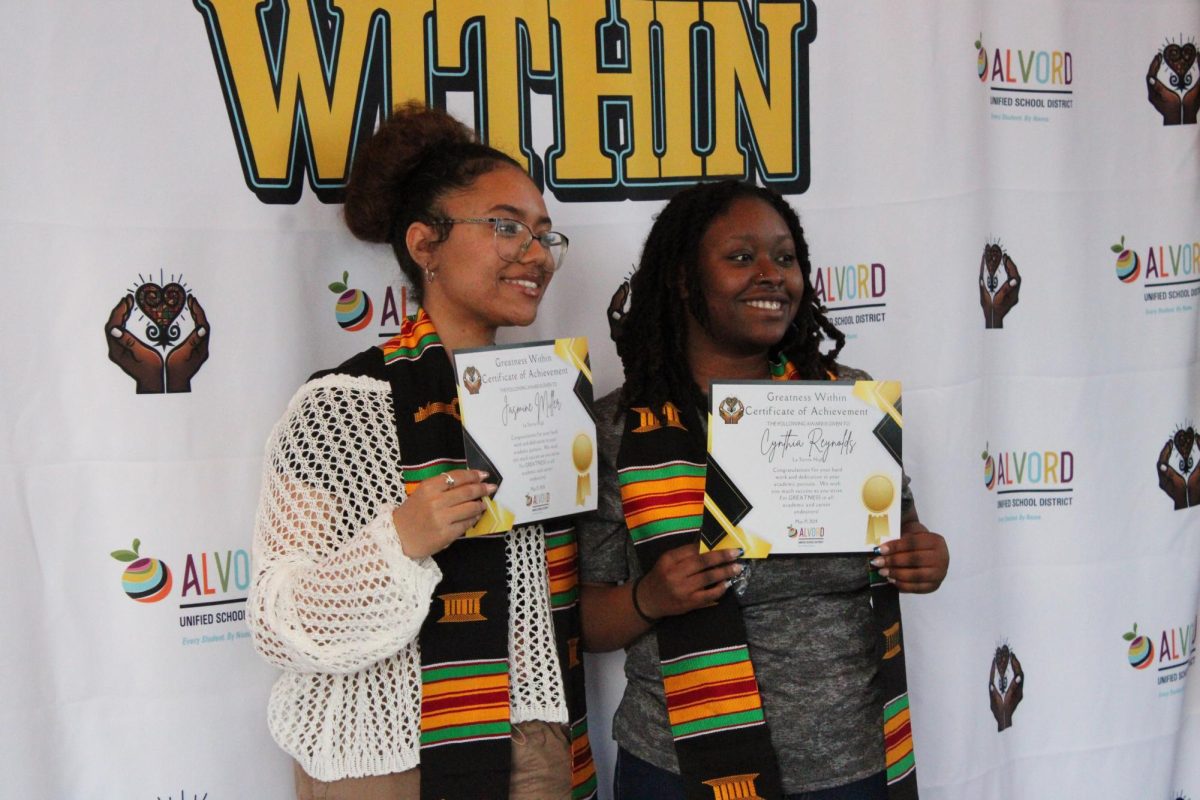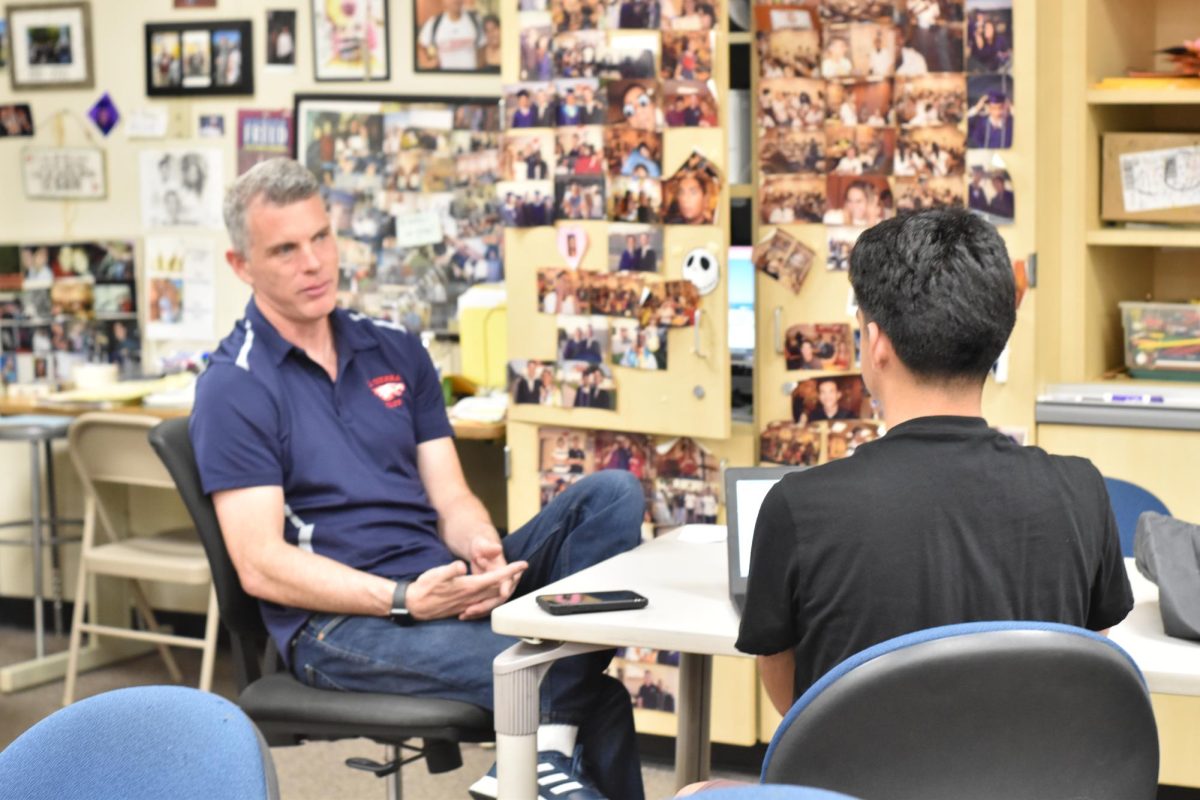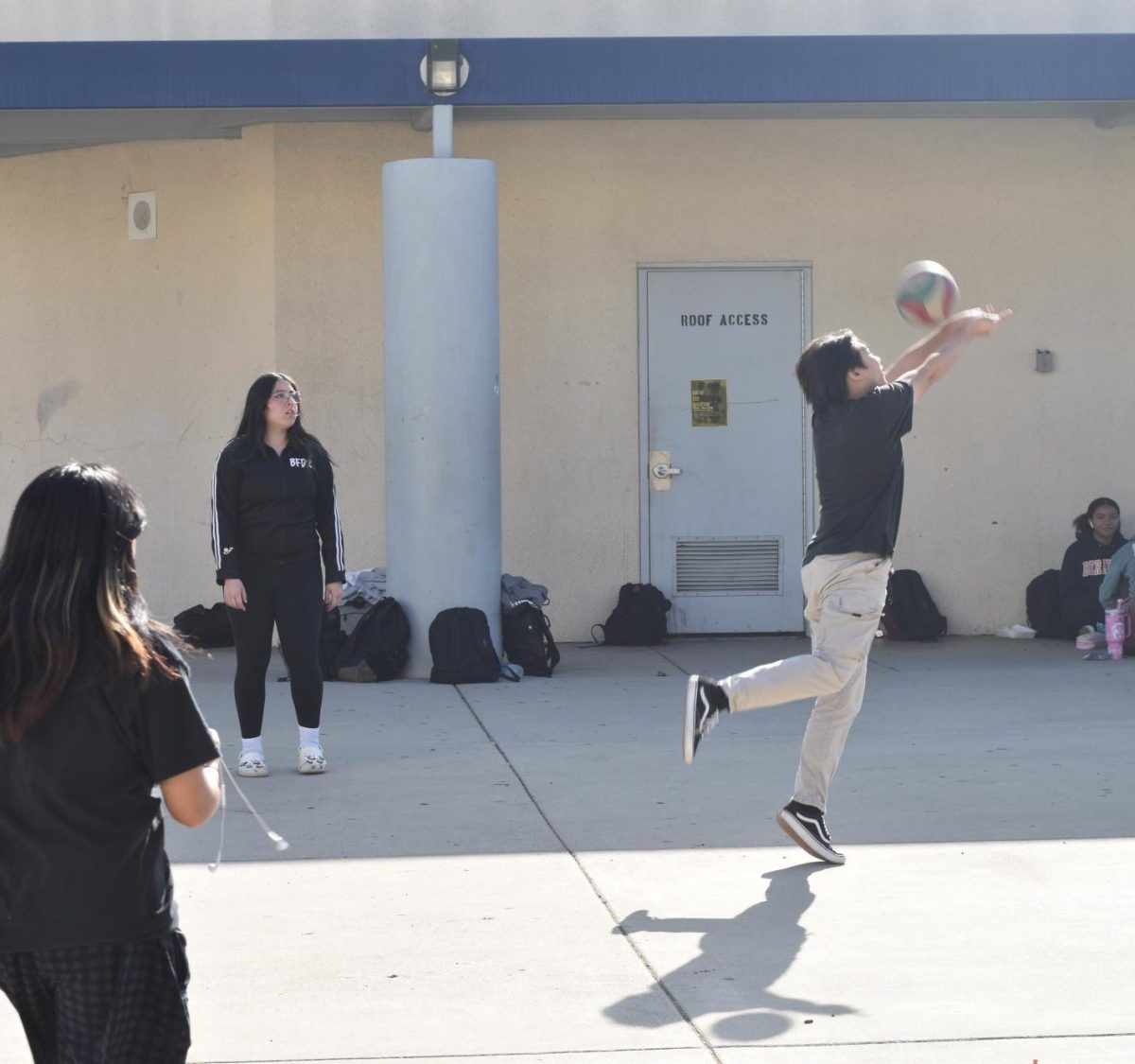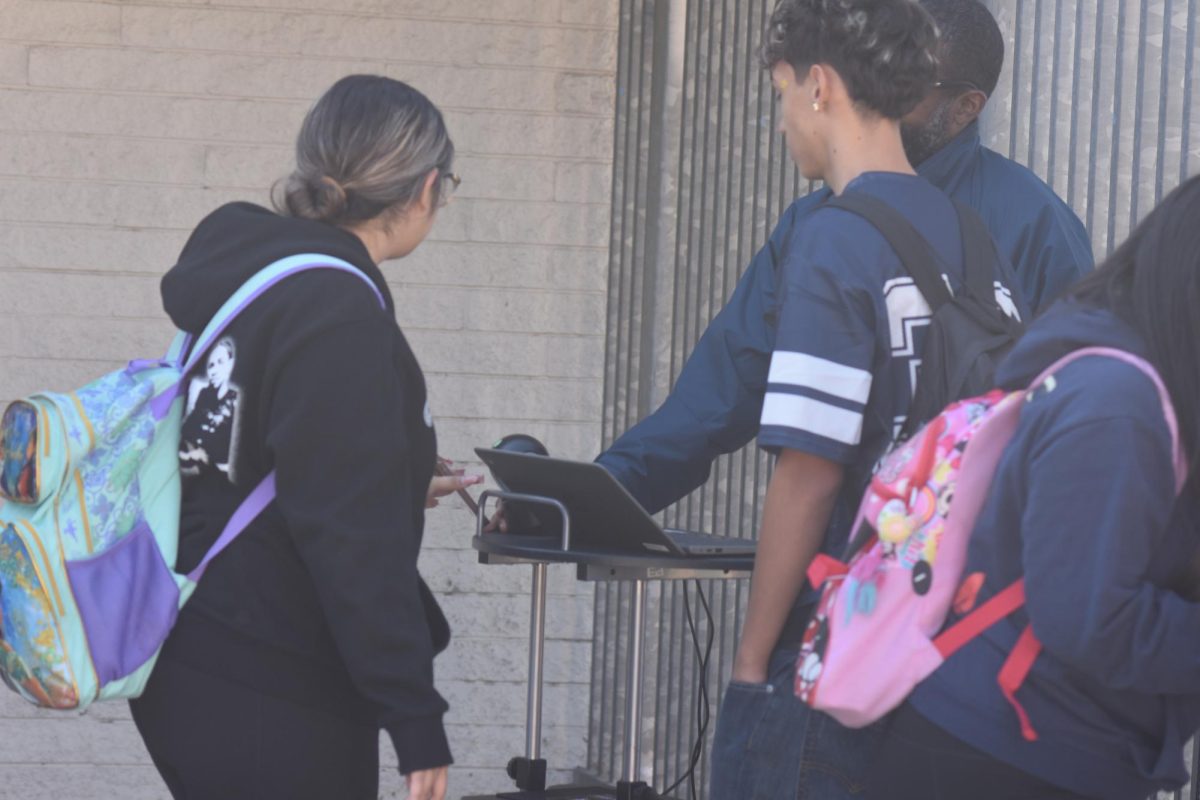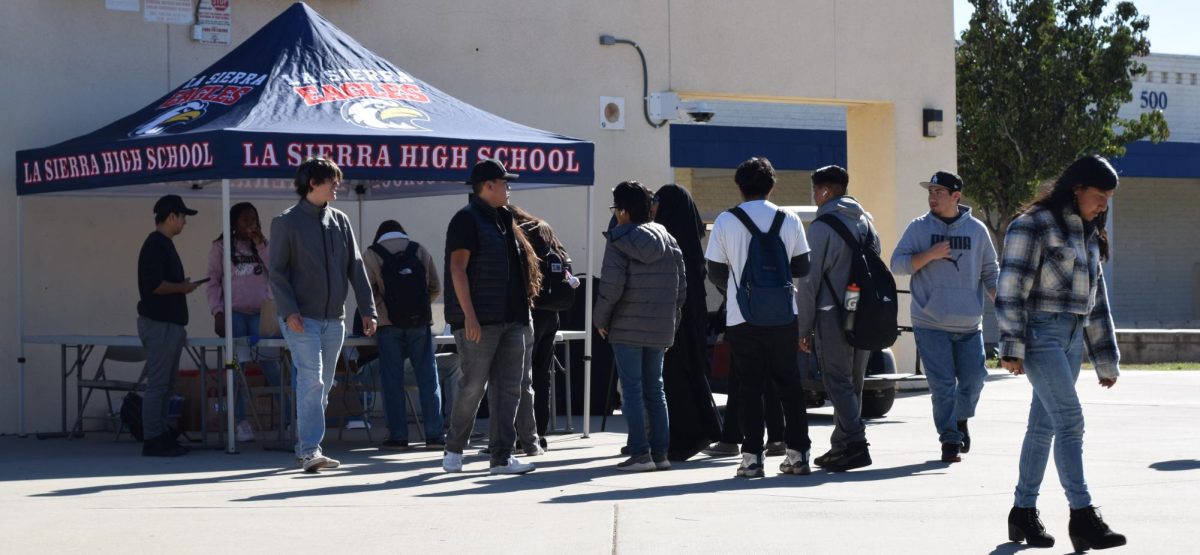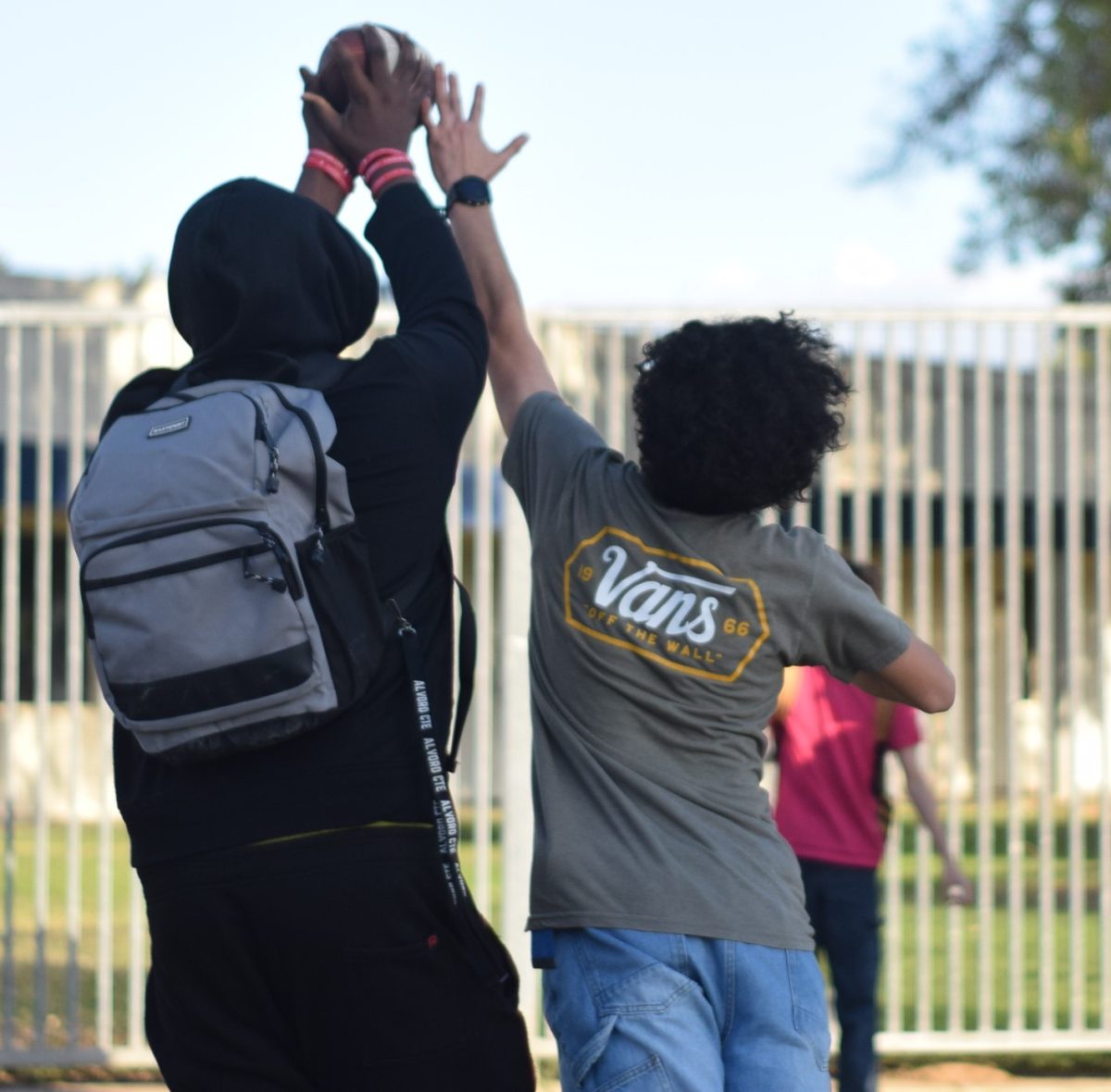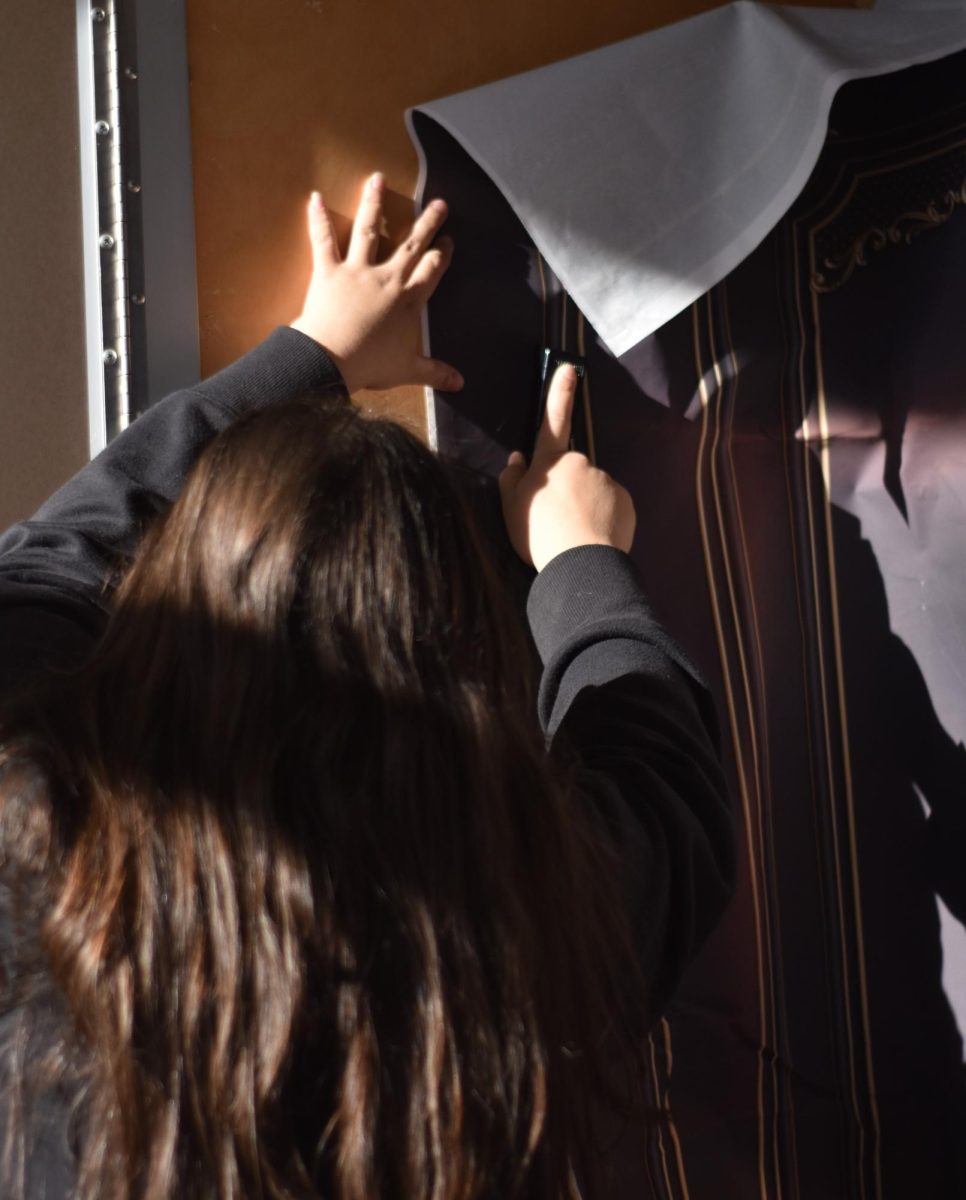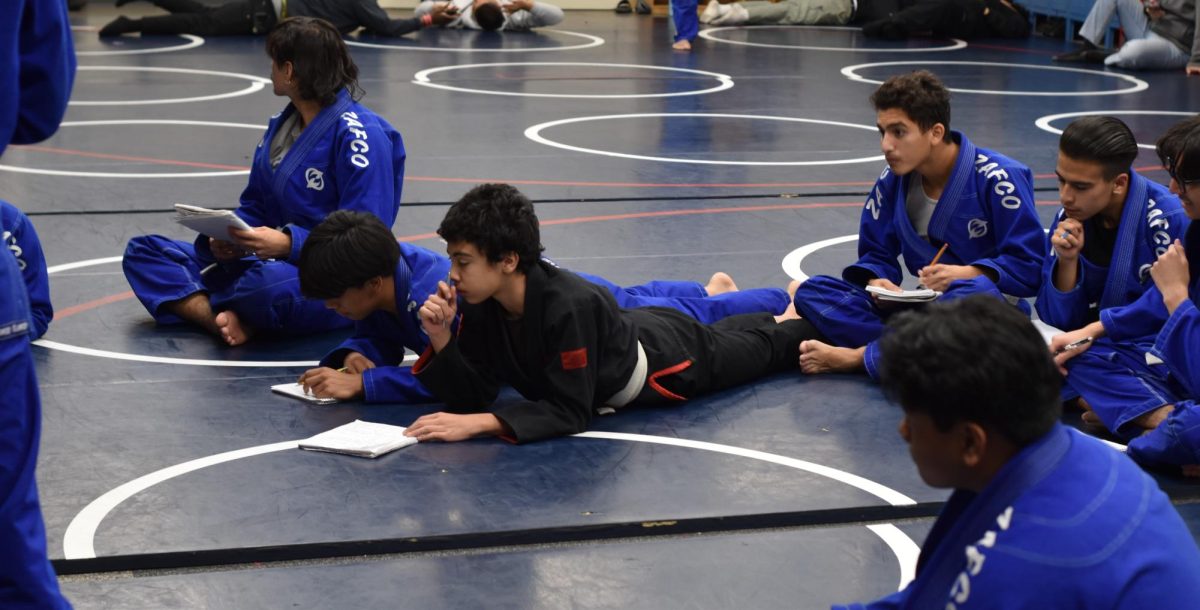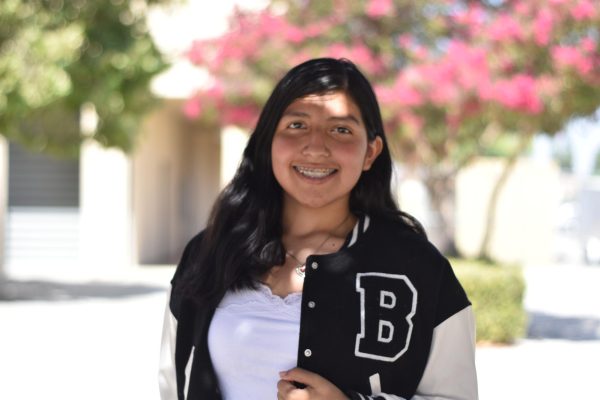In recent years, AR (Augmented Reality) has emerged as a cutting-edge technology that has the potential to transform the way we learn. AR involves overlaying digital objects onto the real world, creating an interactive and immersive experience for users. In the context of education, AR can provide students with a powerful tool for exploring complex concepts that are difficult to visualize. By using AR, students can interact with virtual models of scientific concepts, historical sites, and other objects, providing a hands-on learning experience that is more engaging and memorable than traditional teaching methods. One of the key advantages of AR in education is that it can help students develop problem-solving skills by presenting them with real-world scenarios to analyze and solve. For example, an AR app could simulate a natural disaster and challenge students to come up with a plan to evacuate a city. This type of interactive learning can help students develop critical thinking skills that will prepare them for the challenges of the future. AR can also help make learning more accessible for students with disabilities. For example, a student with visual impairments can use an AR app to explore a virtual model of a historical site or a scientific concept. This can provide an equal opportunity for students with disabilities to participate fully in the classroom and learn alongside their peers. Another advantage of AR in education is that it can help students stay engaged and motivated. Traditional teaching methods can sometimes be dry and boring, making it difficult for students to stay focused and retain information. AR, on the other hand, provides a fun and interactive way for students to learn, which can help them stay more engaged and motivated. This can lead to better learning outcomes and higher retention rates. Overall, AR has the potential to revolutionize education by providing students with an interactive and engaging way to learn. By using AR in the classroom, teachers can help students develop problem-solving and critical thinking skills, make learning more accessible for students with disabilities, and keep students engaged and motivated. As technology advances, schools must embrace AR as a valuable tool for education. I had the pleasure of having a Q&A session with Emile Rucci, a senior, and she shared some fascinating insights about her experiences and her love for Art education. Here are some of the questions proposed to her:
Q. What is art education? And why it is important in schools?
A. Art education is like VAPA understands you can make music, can do regular art or you can do a different format like cooking and it’s excellent.
Q. How does art education benefit students academically and personally?
A. Our education can teach you life skills like math, science, cooking, science to do one plus cup of fire then like water see what happens and music you have the math behind it where you’re doing triplets so you need to understand to know what beat it is on and If it’s 1,3,4 and 2.
Q. How does art education impact students’ creative thinking skills?
A. They educate greater thinking skills by going to competitions. Like in Culinary we just had an FCCLA competition, and we put our creativity on display. So the student who shows the display is shown off and can show off on a big board and design it ourselves.
Q. How can art education in school help students improve their communication skills?
A. With communication skills, you can explain to those who see and want to know how or why people’s creations are displayed, for example, making your music, captivating, and showing off your musical skills. Therefore for culinary you elaborate on what you cooked and having a one-on-one conversation like right now in this interview, helps spread awareness.
Q. In what ways can art education promote cultural awareness and understanding?
A. Culture, for example again cooking has so many different dishes that are shown off and you can do your cultural cuisine just like Mexican, and Italian those different cultures like Italian do more pasta and pizza. I can teach and learn myself how to make different and delicious dishes like Mexico, These dishes and cultures have so much passion and love to them is what makes them so incredible.

